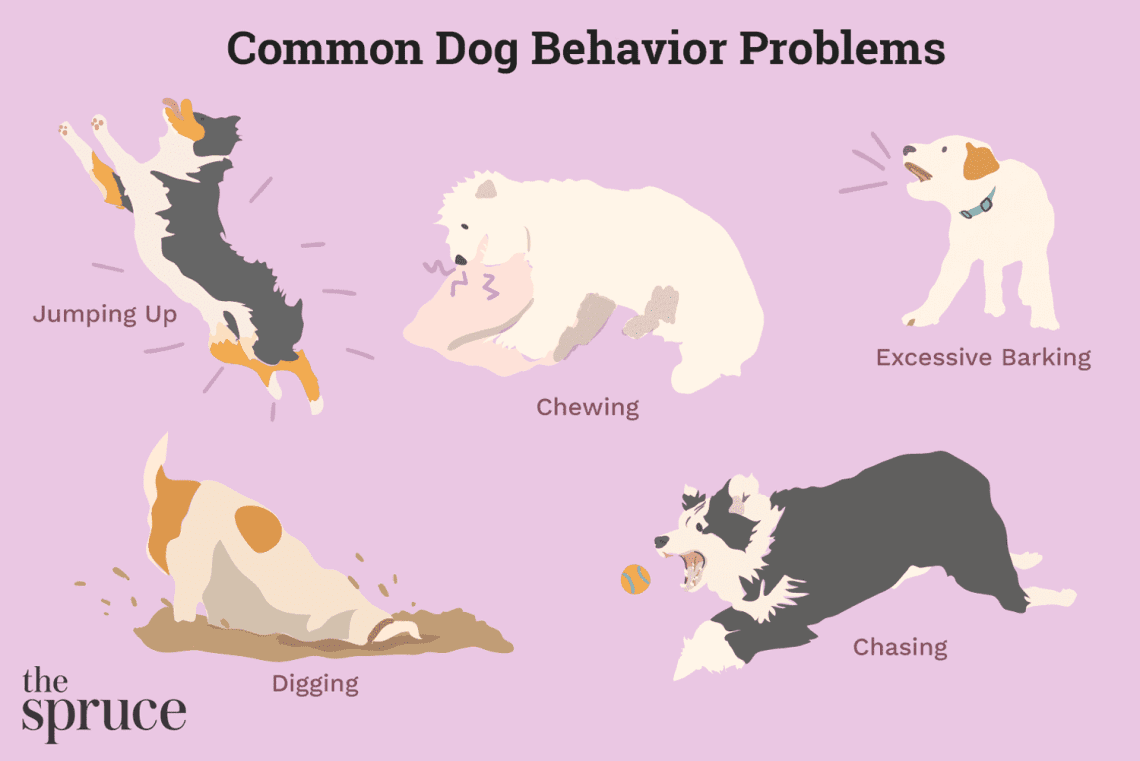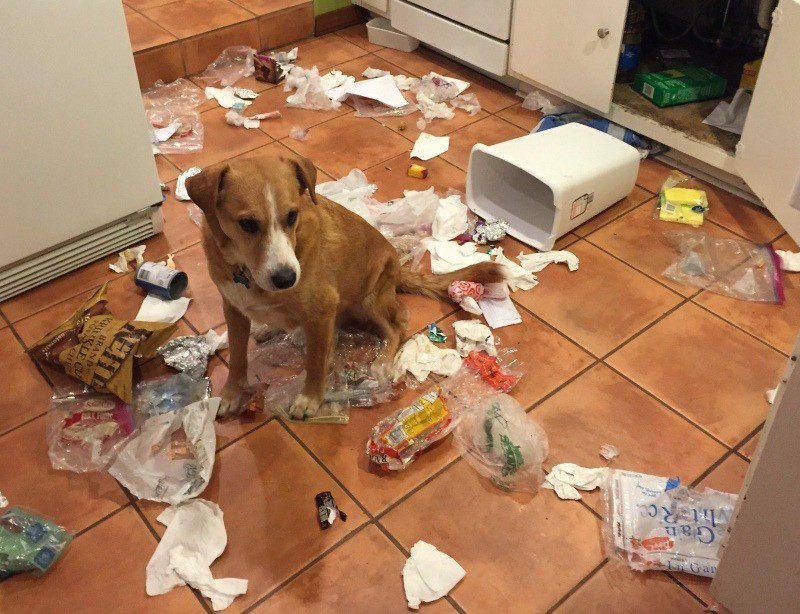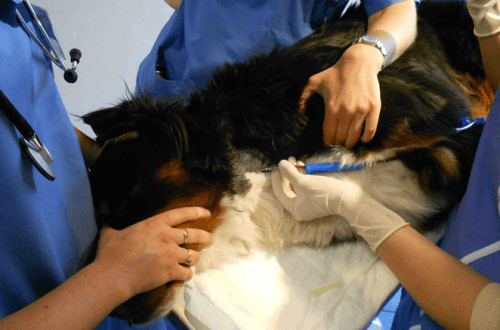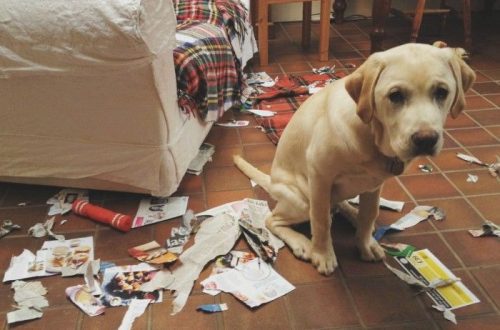
How We Teach Dogs “Bad” Behaviors
Sometimes we, the owners, unwittingly, teach our pets “bad” behavior, that is, we reinforce unwanted actions. Why and how does this happen?

Photo Shoot: Google.by
The thing is, dogs are social creatures. They are extremely sensitive not only to the “messages” of their relatives, but also to the body language of people, as well as to the intonation of the voice, and understand these signals much better than words. In addition, dogs in any incomprehensible situation are guided by a significant person – and for our four-legged friends, this is the one whom they consider the owner. That is why the behavior of the owner, like the behavior of other dogs, directly affects the behavior of your dog.
It’s hard to watch yourself, but if you have two dogs, for example, you can watch them. If the pets are friendly, they run together (and the movements are sometimes synchronous), sleep and play at the same time, and if one dog barks, then the second one supports. And the greater the attachment, the more the dog “synchronizes” its behavior with another dog or person.
French scientists Charlotte Duranton and Florence Gaunet conducted research in 2015 and 2017, which led to the following conclusions:
- Dogs are great at reading people’s signals.
- The emotional state of the owner affects the behavior of the dog.
- Human behavior (including his attention) affects the behavior of the dog.
- The dog looks in the same direction as the owner.
- In any incomprehensible situation, the dog waits for clues from the owner.
So if in the process of correcting the “bad” behavior of the dog, the owner does not change his own behavior, you should not count on success.
Take such a problem of dog behavior as fears. How can a person teach a dog to be afraid?
- Behaving in an anxious or authoritarian manner. If the owner himself is afraid of everything or is unable to provide competent support to the dog, how can he be brave?
- Bring unpredictability, chaos into the life of a dog and punish it. Unpredictability and punishment is the best way to deprive a dog of self-confidence and the safety of the world around him.
- Inadvertently reinforcing fear (for example, petting a dog when he is afraid, or telling him in an affectionate voice: “Well, you good dog, don’t be afraid”).
“Bad” behavior is reinforced when the owner talks affectionately to the dog and coaxes it using markers of the correct behavior “Well, you good dogwhy are you doing this?” or when the dog gets what he needs as a result of his actions (for example, the attention of the owner or a piece from the table).
Behavior that is not reinforced disappears. Therefore, it is extremely important that the owner does not reinforce “bad” behavior, and constantly, and not from time to time – after all, variable reinforcement is even more effective than constant.
Many people think that allowing a dog what is always forbidden, once, does not hurt. But the dog does not understand such logic. Consistency matters to her. And what is not always forbidden is always allowed.
The extent to which “bad” dog behavior is manifested most often depends on the owner – on his ability to train a pet, knowledge in the field of dog psychology and methods that he chooses.

Photo: google.by





